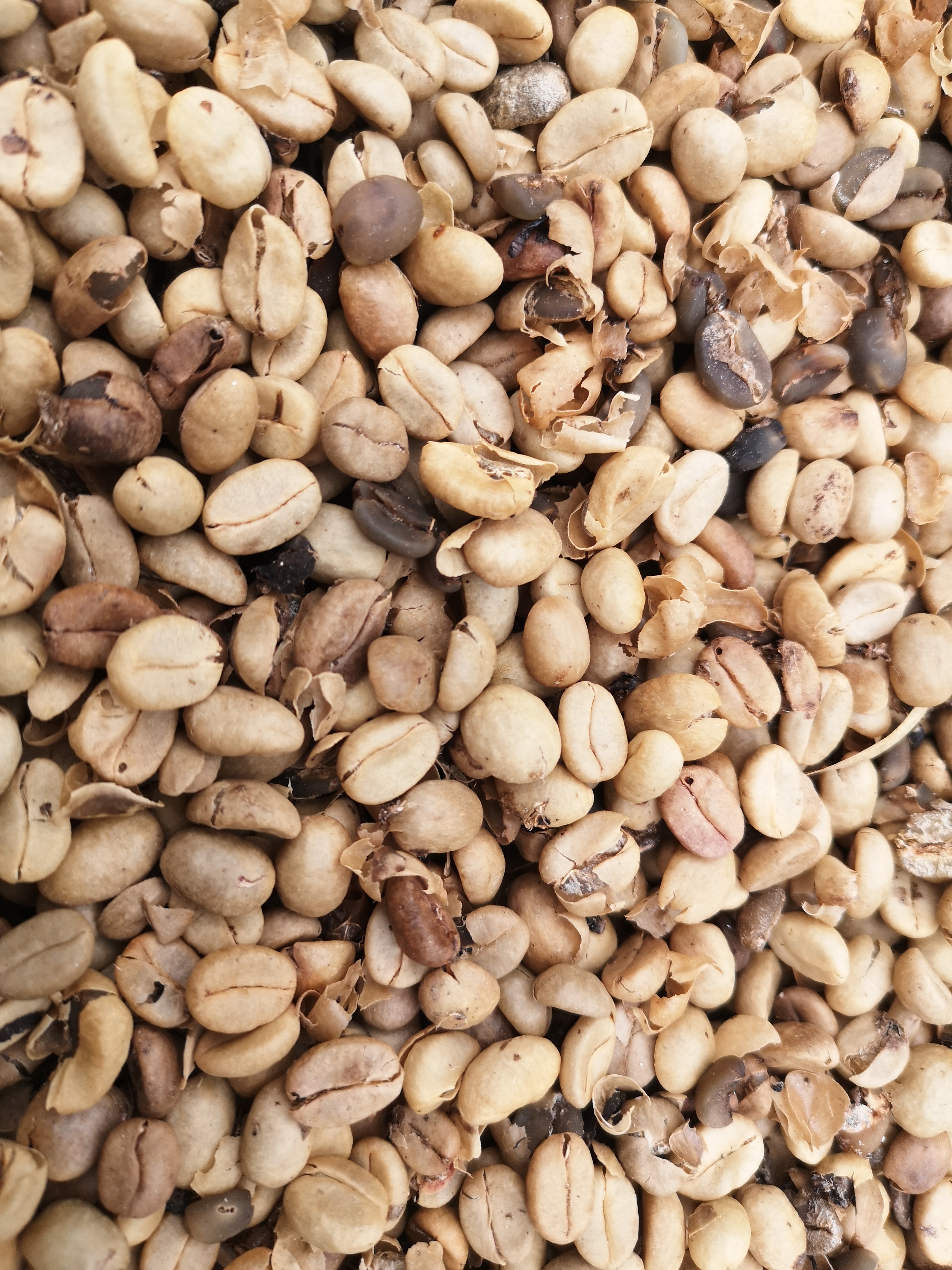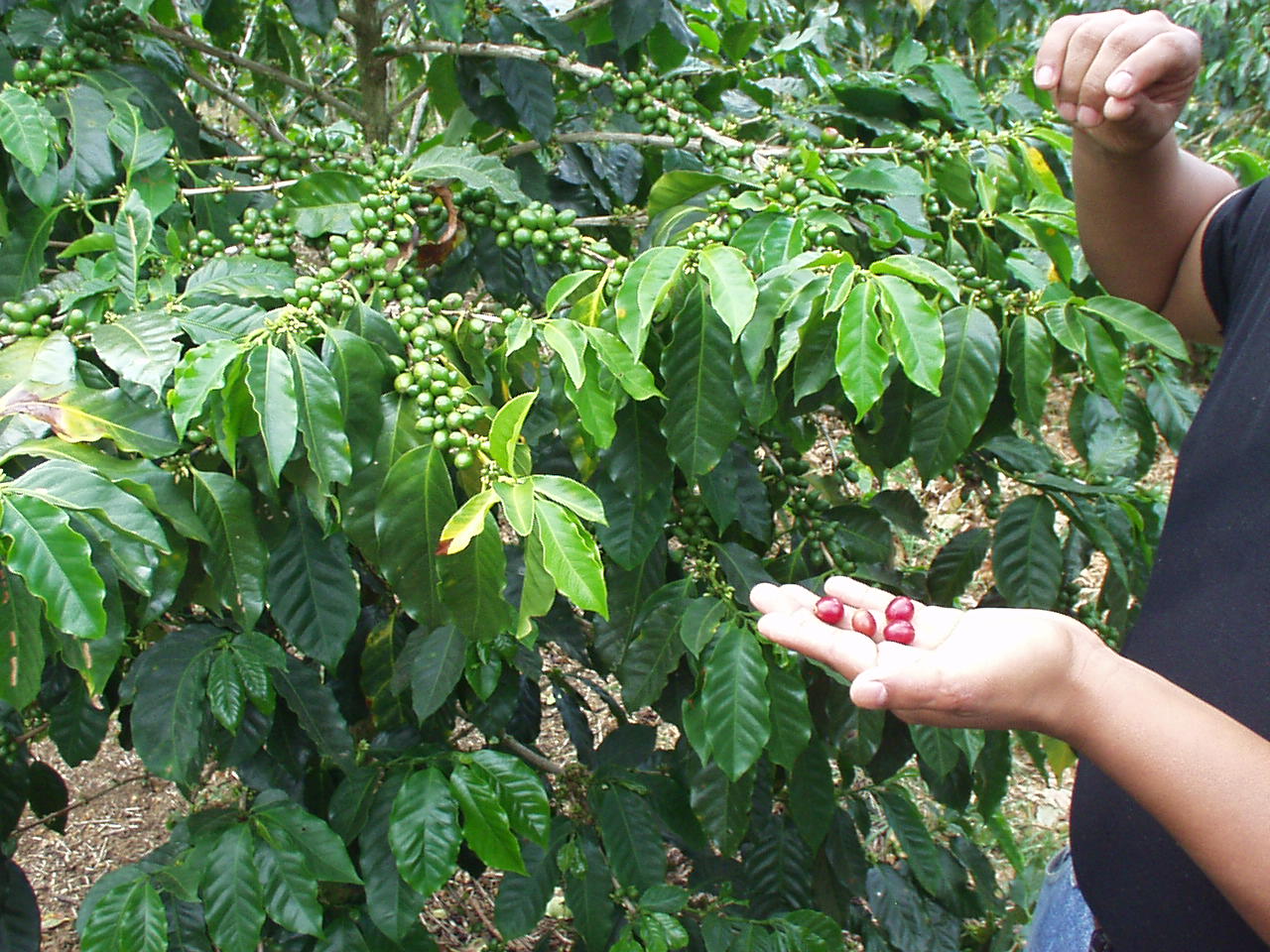Now my brain's melting. Literally. Although we're not flinching or twitching at the word "fermented" here much, we can only imagine many are asking "what is fermented coffee" as if it's blasphemy! And we sort of don't blame you. But here's the thing: fermented coffee isn't as far-fetched as you might think.
Time for an adventure? Here's the guide.

- The magic of fermented coffee: what's the secret?
- Can Fermented Coffee Provide Health Benefits?
- Trying Fermented Coffee
- Understanding the Price Tag: Why Fermented Coffee May Cost More
- FAQs About Fermented Coffee
- Conclusion
What Makes Fermented Coffee Special?
The Fermentation Process
Do you know how fermentation is involved in coffee? During coffee processing, yeast and bacteria are introduced to break down sugars and other compounds . When these microscopic bodies have completed their feeding frenzy, by-products add a new characteristic to coffee. Coffee gets new flavor notes from byproducts like acids and ethanol.

The fermentation process isn’t only for coffee; many foods use it. Think of the taste of sourdough bread, kimchi, beer, and kombucha. You might enjoy coffee beans prepared this way too. Both our taste buds and the coffee farmer's income are affected by this alteration.
Lots of bacteria and yeast live on most surfaces. So producers rarely have to step in with "starter" cultures or further introduction, according to this Coffee 101 guide. Farmers carefully select particular microbes; this impacts the taste and overall quality of their produce. Think of it like choosing the best ingredients for a recipe – it makes all the difference! Farmers in regions that typically produce lower grades of coffee can now make better coffee using this process. What were the outcomes? Absolutely fantastic!
Different Fermentation Methods
There are different ways a coffee bean can be fermented. Whether you ferment fruit or use anaerobic fermentation depends on local tastes and your goals. Onyx Coffee? Coffee flavor transformation through fermentation? This is the place to experience it firsthand; the difference is truly remarkable. I'll show you several techniques that work really well.
Anaerobic Fermentation
What happens if coffee doesn't get exposed to air? More and more people are using this method—anaerobic fermentation—and you'll be amazed. In this process, coffee is sealed tightly rather than exposed to open air to drop its temperature. While fermentation naturally proceeds without oxygen, anaerobic fermentation defines how the coffee is held during the coffee fermentation process.
An anaerobic environment results from the absence of oxygen, which helps to maintain a lower temperature. When the heat reduces, the end result is unique and intriguing flavor dimensions from the lactic acid.
Fruit Fermentation

The world of wine often uses fruit-forward concepts. Distilleries create apple or peach brandy, so why couldn’t fruits influence fermented coffee beans? Through a controlled process where green coffee seed and selected fruits ferment together in a container, some producers infuse the beans with new, flavor nuances.
Depending on the fruits they’re stored with, fruit-fermented coffees deliver particular sweetness to certain varieties of fruit, such as grapes.
You'll have a new set of considerations and potential with these combined profiles, as the possibilities may go on without stopping. You’d then be sure to discover distinct notes in these fruit fusions that might improve overall quality and experience from bacteria metabolizing.
Enzyme Fermentation
Enzymes bring amazing transformations for enzyme-fermented coffee. What if enzyme intervention could yield both flavor profiles plus added dimensions? There are enzymes that could add flavor for consideration in your typical cup.
Better taste? Check. More caffeine? Double check. Enzyme-fermented coffee aims to bring a less acidic experience, improved coffee digestibility and improved health to match every flavor note.
The Most Common Coffee Fermentation Methods
Here is a list of some common fermentation methods:
| Fermentation Method | Description |
|---|---|
| Anaerobic Fermentation | Coffee is fermented without oxygen. |
| Fruit Fermentation | Fruits are stored with green coffee beans to get a combined flavor profile. |
| Enzyme Fermentation | Addition of enzymes brings unique flavors with added health. |
The Flavor Profile
Take a moment to consider what coffee flavors you like. How you roast and process coffee beans directly impacts how fermentation affects the final taste. With flavor dimensions on top of primary aromas from coffee, coffee roasting determines the final experience. When you consider how coffee flavors result because fermentation can contribute to flavor intensity and taste notes, it elevates your coffee knowledge.
The taste of coffee is affected by how it's fermented. For example, high-altitude Guatemala Huehuetenango cups use 72 tank-fermentation hours to create dynamic sweetness against striking acidity, per a Trade Coffee exploration. Depending how the producers manage moisture, microbes, the coffee or its ambient heat, the flavor profile will be impacted. If they regulate aspects for instance, Costa Rican farmers might also change coffee sweetness profile by regulating fermentation throughout drying the coffee seed.
Fermented coffee: good for your health?
Some food processing can make them healthy. Fermented foods are viewed favorably by experts and gut health, in general, given the inclusion of probiotics, such as in this BBC Good Food article. Consider the factors that contribute to coffee advantages during processing stages.
Regarding direct probiotics content with drinking brewed coffee, you might see differences given preparation techniques and flavor attributes. You can try the coffee fruit, though they are not a frequent snacking choice.
However you may reap the perks while helping easy digestion as difficult-digesting coffee mixes will already break thanks the fermented stage. Fermented coffee beans have low tannin levels. You'll see lower levels from the natural polyphenol i.e. tannin as those encourage teeth staining so expect more brilliant whites. Exploring unique flavors may be your reason for taking the chance, while more health benefits may come from further study.
Trying Fermented Coffee
Let’s think through the practical experience. Unique notes depend on the producer. Given what you know, how should your process adapt? Keep to the correct proportions.
This tip applies to most brewing methods and other Coffee 101 insights, not merely preparations i.e espressos, French Press brews among others. Start documenting which stood out the most after brews give unique methods by each maker with what suits cups best.
What are other steps to make cups superb as a barista? Those aiming for cup excellence from brewing value this point. Roasters can tailor what matches the procedure. Check with the ICO; they've got resources for this.
Experimentation and fair trade are win-win situation. As you explore the landscape you gain gratitude as producers experiment to achieve excellent coffee. See if they promote fairly within coffee and are such production environmentally beneficial plus healthy for growers as coffee’s popularity gains.
Explore causes with information or even Fair Trade for transparency. What do farmers apply in today’s arena given the technology strides? Many consumers are looking to shop coffee brands that value organic material and fair trade.
Understanding the Price Tag: Why Fermented Coffee May Cost More
Do you know why your cups cost what they do right now? Onyx Coffee posts pricing along clear overviews so you can gauge your buying choice. Pay attention to the coffee's origin story when you're picking your beans. What factors make it worth the expense, or what costs happen with the producer, equipment etc with costs linked within various processes?
Coffee prices are climbing—let's investigate! Let's check out how much different coffee brands cost. The goal? To understand their pricing strategies. Price comparisons in roasted offerings may tell insight as to such trends, which also drive purchase points.

Better shopping and brewing choices are now within your reach. Given this knowledge your brewing and shopping will alter so continue what already learned after such a detailed immersion. Do you prefer one brewing choice after learning the process for sweet coffee?
Your perspective might simply enhance which follows what happens within your perfect brewing and brewing choices to take away in everyday experiences for each mug, for friends. You now appreciate each point that determines the best taste for quality or more ethical means. Hopefully, you can also understand each nuance behind the steps for makers’ goals or coffee type that reaches each maker to you finally.
In general coffee offers an amazing, long timeline within each origin with those hands shaping tastes as each step takes its point through to brewing cup which we may share. The coffee's picked at a certain time and the roaster applies heat.
I hope you're enjoying this so far! It provides steps which makes coffees what it became as those shapes can influence what choices coffee shops are providing now, or what cup qualities or farming happen or new tastes come along. Brew a pot to try it out.
FAQs About Fermented Coffee
Have questions about fermented coffee? Here are some answers:
- What does fermented coffee taste like? The taste can vary. But, you can find improved flavor with a lot of body. Depending on the process, you might discover enhanced sweetness from converting sugars.
- Is fermented coffee safe to drink? Yes, the coffee fermentation process is safe. It's like making other foods we eat every day.
- Does fermentation change how much caffeine's in something? The fermentation process may lower the acidity and affect caffeine. If strong coffee's bitterness bothers you, consider trying fermented coffee beans; the fermentation process naturally lowers acidity levels.
- Can I ferment coffee beans at home? Yes, you can try fermenting coffee beans at home. It is best to start with smaller batches and use trusted resources. You can brew better coffee if you understand the fermentation process. You can't skip this part; it's key. For example, different beans need different fermentation techniques to truly shine. Some need longer times, others shorter, and even the temperature and environment affect the end product. This will give you the best possible flavor and body.

We've reached the end. It's time; we need to go.
Coffee's always changing. Better flavors are available to fans with every harvest. Next time you find a bag of fermented coffee, try out this brewing method so the drink makes a wonderful brew and tasting for your palette. Fair game for the roaster applies heat with new and exciting opportunities.
Producers and the honesty of the creators will determine how well this approach works. There's no way to know for sure what the outcome will be. Coffee's cellular structure is constantly evolving. The coffee we buy might be affected by new roasting technology. For example, hungry yeast could become a big factor in how coffee is made.
Until then, sign up for our coffee club and get some K-cups to keep you going!



